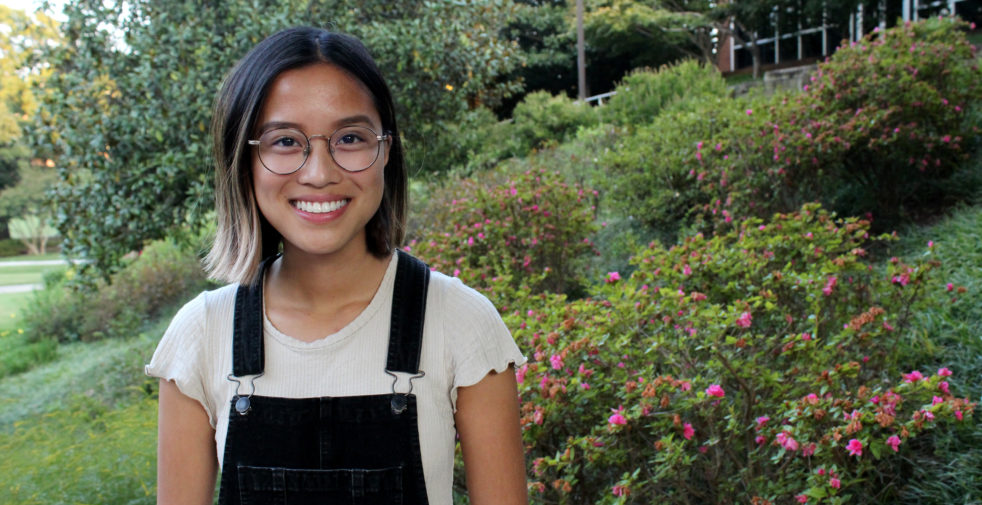“How do you actually pronounce your name?” My coworker asked. No one had ever asked me this before.
BEE-ah-tris.bee-AH-tris. BEE-tris. beh-TRESE.
There are probably half a dozen more ways that people have pronounced my name, and most of them were wrong. I refrain from correcting people, and I usually go with their pronunciations instead.
“Hi, my name is BEE…”
My coworker gave me a look. She knew how my name was really pronounced. “Sorry. Hi, my name is BEY-ah-tris.”
The “correct” pronunciation of my name — the way my parents pronounced it as a Filipino name — felt wrong and uncomfortable to say, and I usually shy away from introducing myself that way.
Last year, I wrote about my experiences being a third-culture kid and first-generation immigrant to the United States. Both of these pieces of my identity make it difficult for me to understand where I fit in with my Filipino background and made me question whether I was “Filipino enough” to associate myself with that identity. And even if I were Filipino enough, I did not want to impose my culture on anyone else around me, and that included correcting others’ pronunciations of my name.
I was gatekeeping myself from my own identity. But this summer, I realized that there were people who were interested in learning about and cultivating the parts of my identity that I never thought twice about.
A good friend of mine hosted weekly cooking nights, and one of them happened to fall on June 12 — Philippine Independence Day. He texted me the night before, asking for dish suggestions.
In that moment, I felt anxious. I had flashbacks to second grade, when my classmate asked me to put my “smelly” food away — it was sinigang, a tamarind-based soup. Now, my friends wanted Filipino food? And they wanted me to help cook it? The flashbacks quickly disappeared, and I immediately texted my mom and asked her for three recipes: pancit, a glass noodle and vegetable dish; lumpia, the Filipino version of spring rolls; and adobo, a vinegar and soy sauce chicken dish with bay leaves and peppercorns.
I was so excited to get ingredients at the Southeast Asian market next to my house and plan out the meals that I came to work late that day, spending too long in the dried noodles and spices aisle. I walked into work, quickly stashed my groceries in the community fridge on my floor, and got to work. And by “work”, I mean I wrote out the recipes my mom had sent me and adjusted the quantities according to the number of people that would be attending the dinner that night.
I am not sure that I did any real work that day.
I was even more excited when lunch came around, a display of foods that looked similar to foods I had eaten growing up; my workplace was celebrating Philippine Independence Day, too.
That night, I taught my friends how to place the filling and roll the lumpia wrappers, just like my mom taught me. I worked on seasoning the pancit and adobo until that last spoonful brought me back to dinnertime with my family and Sunday lunches with my cousins and family friends.
And a few weeks later, my coworker encouraged me to pronounce my name correctly. She helped me realize that pronouncing my own name wrong allows others to do the same.
I realized that whenever I tell other people about how my parents raised me, or what family dinnertime conversation was like, or the names of the dishes my relatives made for me growing up, or the Tagalog sayings my mom taught me, or even how my name is actually pronounced, I have an incredible opportunity to educate others about myself, my family and my culture.
These things make up every part of my identity, and I am learning to own it — without worrying about not being enough, or too much.
